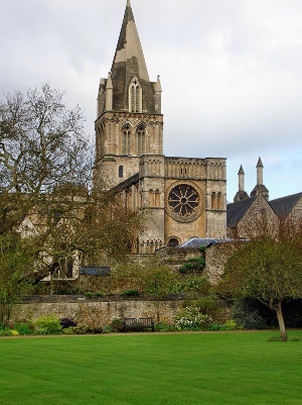 Oxford was first settled in Saxon times, and was initially known as “Oxenaforda”, meaning “Ford of the Oxen”.It began with the foundation of an oxen crossing in the early 900 AD period. In the 10th century Oxford became an important military frontier town between the kingdoms of Mercia and Wessex.
Oxford was first settled in Saxon times, and was initially known as “Oxenaforda”, meaning “Ford of the Oxen”.It began with the foundation of an oxen crossing in the early 900 AD period. In the 10th century Oxford became an important military frontier town between the kingdoms of Mercia and Wessex.
Oxford was heavily damaged during the Norman Invasion of 1066. Following the conquest, the town was assigned to a governor, Robert D’Oyly, who ordered the construction of Oxford Castle to confirm Norman authority over the area. It is there that in 1139 Geoffrey of Monmouth wrote his History of the Kings of Britain, a compilation of Arthurian legends. Oxford’s prestige was enhanced by its charter granted by King Henry II, granting its citizens the same privileges and exemptions as those enjoyed by the capital, and various important religious houses were founded in or near the city.
The University of Oxford is first mentioned in 12th-century records. As the University took shape, friction between the hundreds of students living where and how they pleased led to a decree that all undergraduates would have to reside in approved halls. Oxford’s earliest colleges were University College (1249), Balliol (1263) and Merton (1264).
Christ Church Cathedral, Oxford is unique in combining a college chapel and a cathedral in one foundation. Originally the Priory Church of St Frideswide, the building was extended and incorporated into the structure of the Cardinal’s College shortly before its refounding as Christ Church in 1546, since when it has functioned as the cathedral of the Diocese of Oxford.
Next: Accommodation



